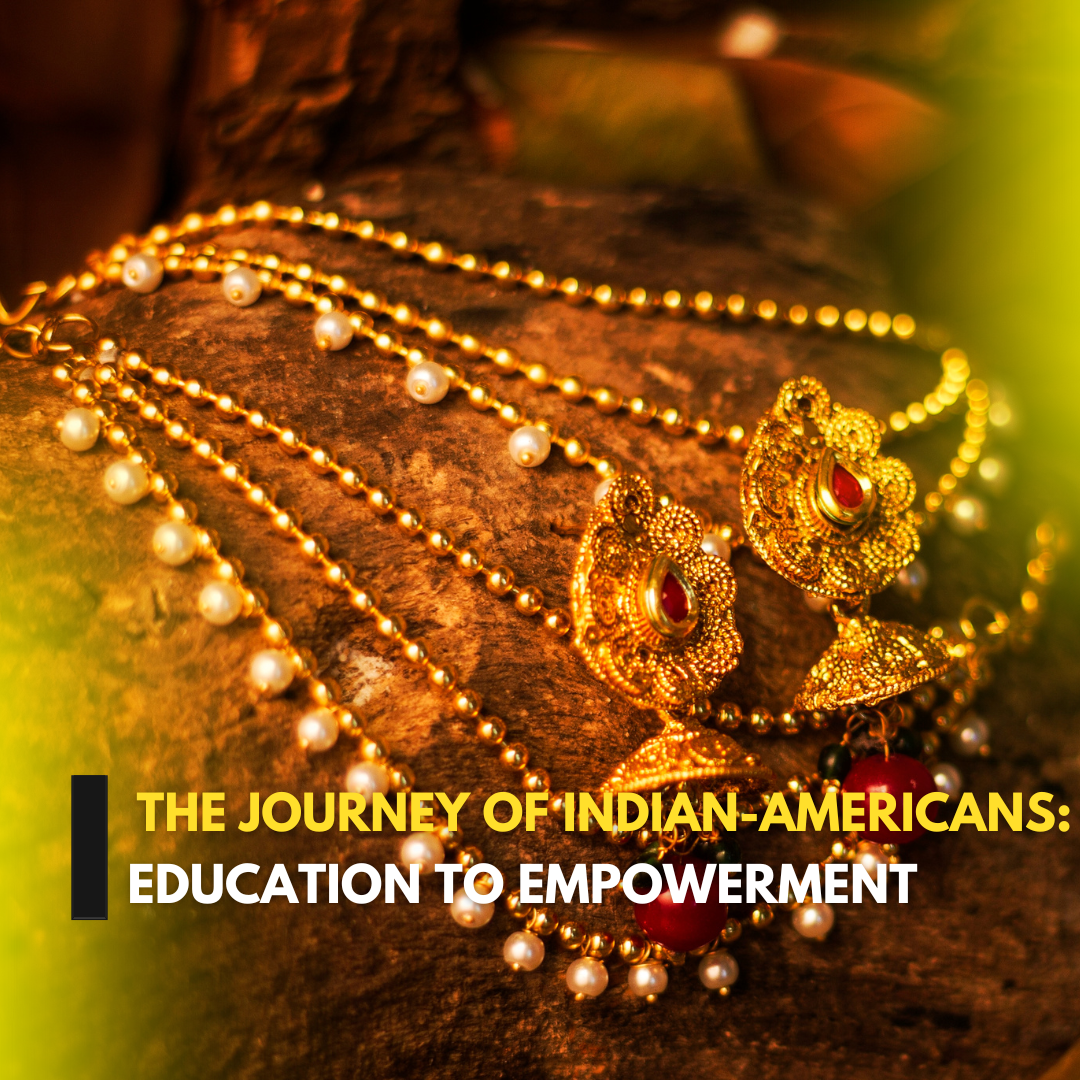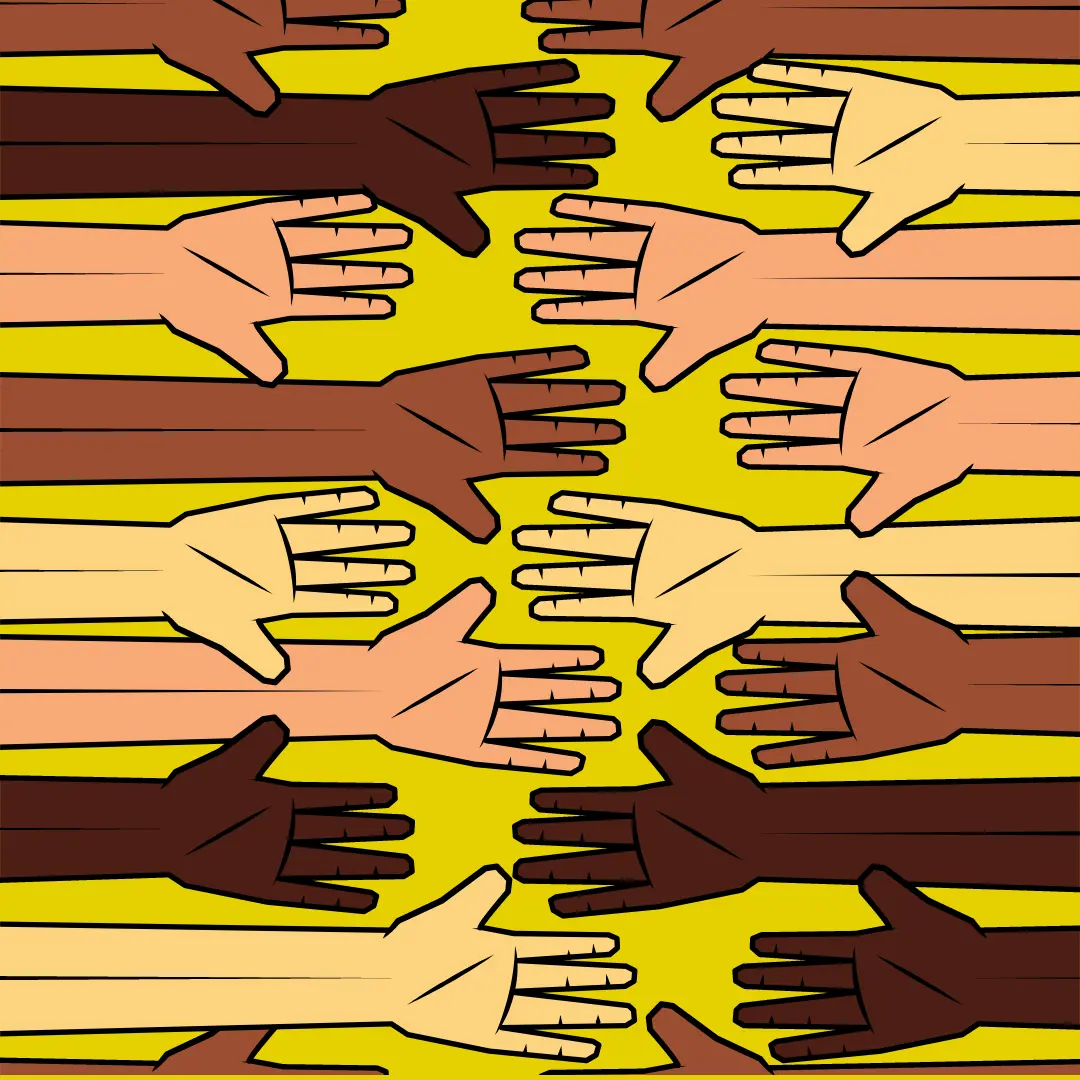The Journey of Indian-Americans: Education to Empowerment — The Indian diaspora in the United States has a rich and complex history that dates back to the late 19th and early 20th centuries. The first wave of Indian immigration to the US was driven by a desire for education and better economic opportunities.
The first significant wave of Indian immigration to the US began in the late 1800s and was driven primarily by a desire for education. Many young Indian men travelled to the US to study at universities and colleges, where they gained valuable knowledge and skills that they later brought back to India. One of the most famous examples of this early wave of immigration is Bhagat Singh Thind, who emigrated to the US in 1913 to pursue a degree in agriculture. Thind later became a renowned spiritual teacher and author, and his work continues to be widely studied and admired.
In the early 20th century, Indian immigrants began to play a more significant role in American society, taking on a variety of jobs, including manual labor and professional positions. Many Indian immigrants worked in agriculture, particularly in the West Coast states, where they were employed as farm laborers and field workers. Others worked in factories and mills, or as mechanics and engineers. Over time, as they established themselves in the US, many Indian immigrants pursued higher education and professional careers, becoming doctors, scientists, and engineers.
One of the most notable examples of this second wave of Indian immigration is S.R.Ranganathan, who emigrated to the US in 1920 to pursue a degree in library science. Ranganathan went on to become a renowned librarian and information scientist, and his work had a major impact on the development of library science in India and around the world.
The 1960s saw a significant increase in the number of Indian immigrants to the US, as the US government relaxed immigration restrictions and allowed more skilled workers to enter the country. This wave of immigration was primarily composed of highly educated professionals and their families, and they have continued to play an important role in the growth and development of the Indian-American community.
Today, the Indian-American community is one of the fastest growing and most affluent ethnic groups in the US, with a strong presence in many major cities across the country. Indian-Americans have made significant contributions to American society in a variety of fields, including business, science, technology, and the arts.
One of the most notable examples of this is Sundar Pichai, the CEO of Google, who emigrated to the US in 2004 to pursue a PhD in engineering. Pichai went on to become one of the most influential executives in the tech industry, helping to drive the growth and development of Google and many other technology companies.
The origin of the Indian diaspora in the US is a story of hard work, determination, and a commitment to creating a better life for themselves and their families. Despite facing many challenges along the way, Indian-Americans have persevered and have become a thriving and influential part of American society.
The information contained in this article was sourced from pravasi indians
Link to original article: https://pravasindians.com/history-of-indian-diaspora-in-usa/
Notes: apart from title change, the article has remained the same
-------------------------------










